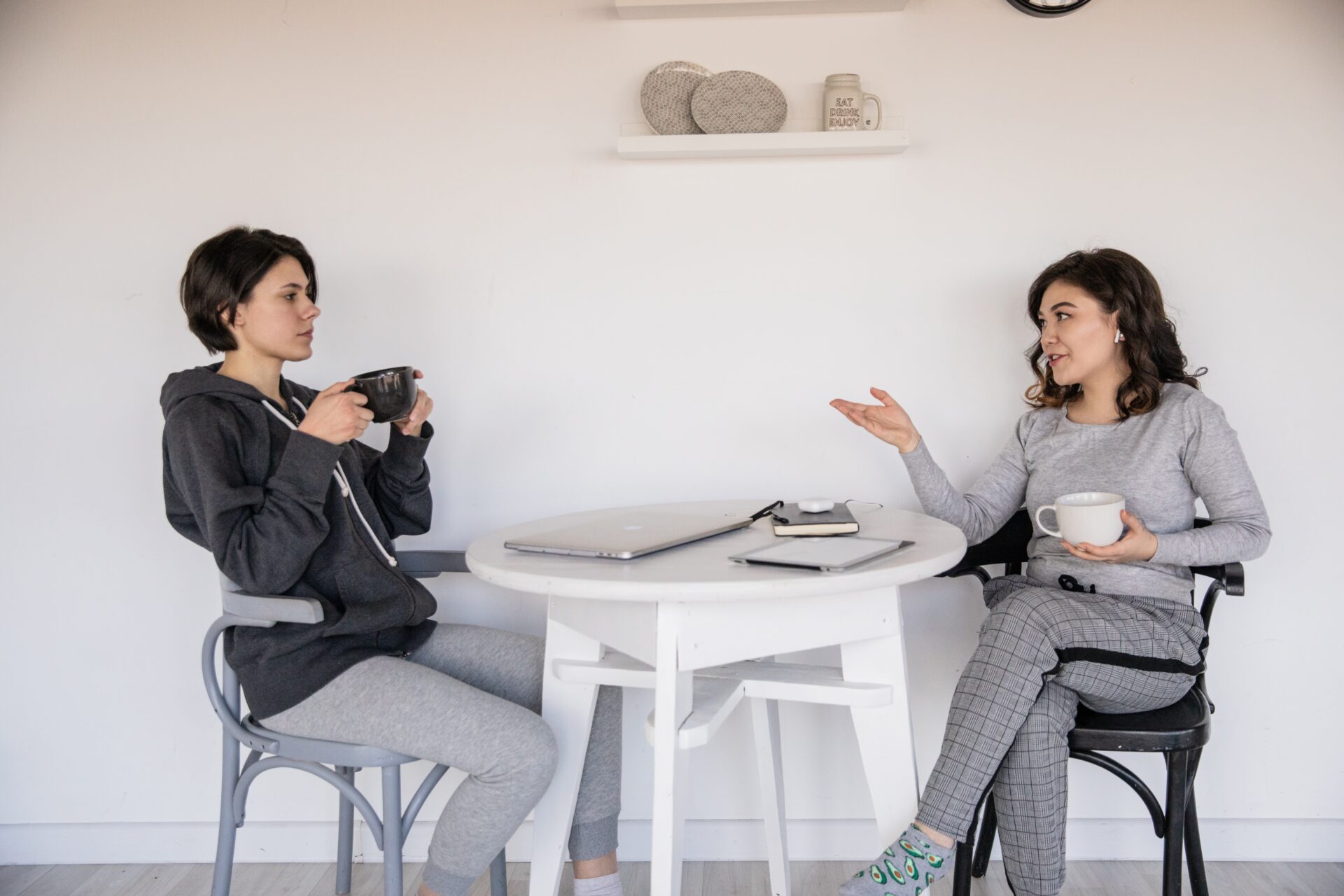
Hidden discriminations: microaggression explained
TW: This blog contains examples of racial discrimination
Let’s play a game…
Never have I ever…
Never have I ever…. commented on how well someone from another ethnicity speaks English… told a thin friend they need to eat more… asked a girl at the gym if she needs help putting her weights away?
How’d you go?
The above scenarios are common examples of microaggressions. Microaggressions happen when a person allows their biases to marginalise someone in a seemingly ‘innocent’ way.
Microaggressions are everyday instances of racism, homophobia, sexism, and so much more.
According to NPR Life Kit, “Microaggressions are defined as the everyday, subtle, intentional – and oftentimes unintentional – interactions or behaviours that communicate some sort of bias toward historically marginalised groups.”
But why are these insults called microaggressions if they seem blatantly discriminatory to me?
Well, that’s the thing – what may come across as discriminatory might not seem like an insult to whoever said the comment. The reason why we call these interactions ‘microaggressions’ is because the people that often commit microaggressions aren’t always aware that that’s what they are doing, which makes it hard to call out this behaviour.
Types of Microaggressions
According to Medical News Today, there are three types of microaggressions.
- Verbal: a comment or question that is stigmatising.
- Behavioural: acting in a way that discriminatory, such as clutching your handbag when a black person walks past.
- Environmental: subtle discrimination within society, such as building names all being named after white people.
Why are they harmful?
Studies have shown that the impact of regular microaggressions can cause long-term mental side effects such as depression and trauma.
Microaggressions can create a hostile working or school environment and further stereotype threats, which according to Vox, is the “fear of confirming existing stereotypes about one group, which can have a negative impact on confidence.”
Bottom line. Regular experiences of microaggressions will lead someone to feel self-conscious – no one wants to inflict that on another person #BeABetterHuman.
What can you do?
The best way to avoid using microaggressions is to simply make an effort.
This should look like:
- Researching historically marginalised groups,
- Thinking before you speak,
- Listening to how a person feels if you said something that was insulting to them,
- Self-reflect on some of the biases you might hold.
Once you become aware of what microaggressions look like, you’ll find them popping up everywhere… like in your favourite movies and shows, books you read, and everyday interactions with people.
Becoming aware is the first step toward your individual effort in limiting marginalisation in our working and schooling communities.
Any form of discrimination is not okay. If you feel as though you have been discriminated against, you can reach out to our team to discuss and we can point you in the right direction – we’re here to help!
Our team at Advocacy and Welfare offers confidential support to students! Contact us here.
Student Success has confidential counselling for students, you can find them here.
Lifeline is also a 24/7 hotline and you can call them on 13 11 14


